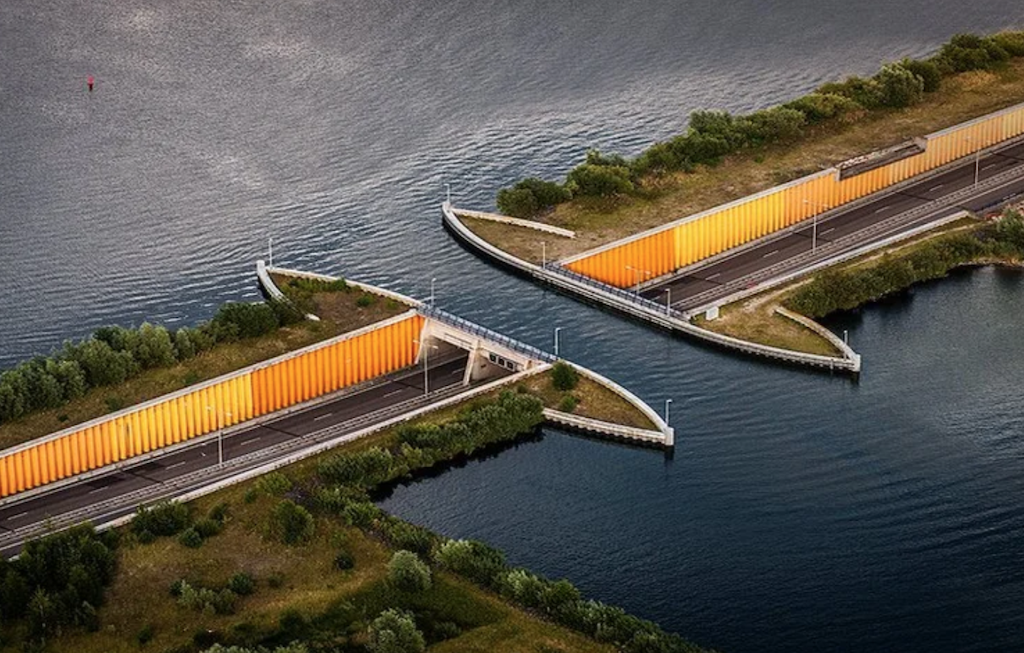Mercedes has won a contract to supply the Dutch roads authorities with anonymised vehicle data, giving road managers new levels of insight on road and weather conditions and helping to more effectively target road maintenance.
It’s been a long-held realisation that vehicle sensors designed to give drivers a comfortable and safe ride can also be used to monitor the condition of the road surface. For instance the on-vehicle sensors can identify if the road is slippery; if traffic signs and road markings are clearly visible; if the road surface is damaged or if drivers are frequently crossing a solid line at a certain point.
Now in a pilot project financed by the Netherlands’ Ministry of Infrastructure and Water Management, the country’s road managers will get access to a dashboard that combines vehicle information from Mercedes cars with public data including weather and traffic accidents.
.
Replacing the use of static sensors and visual inspection, Mark Harbers, Minister from the Ministry of Infrastructure and Water Management said, “Several thousand Mercedes-Benz passenger cars drive past countless locations every day, which means that the anonymised information from these vehicles can inform road managers more quickly about the condition of the road.”
Participants in the Road Monitor initiative, explains Habers, will be able to see the anonymised data. Excessive suspension behaviour, for instance, indicates a poor road surface, traction loss might indicates ice and frequent intervention from ADAS systems could point to accident black spots.
Collecting and analysing the data will give road managers new insights to locate problems early and follow their development in time, enabling them to target work and remedy more efficiently. This potentially avoids major maintenance and makes roads safer for all road users.
The initial programme will run for two years, during which roads authorities will collaborate on questions such as: Is the information sufficiently detailed and reliable? How can this information best be shared with road managers? What does this mean for work processes? Does it generate sufficient results?





